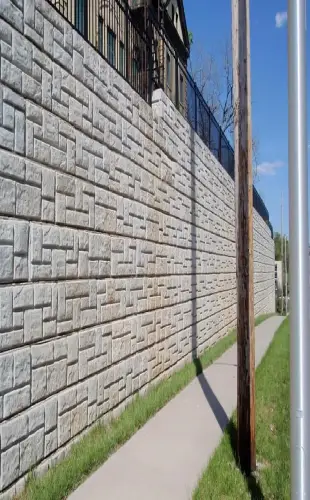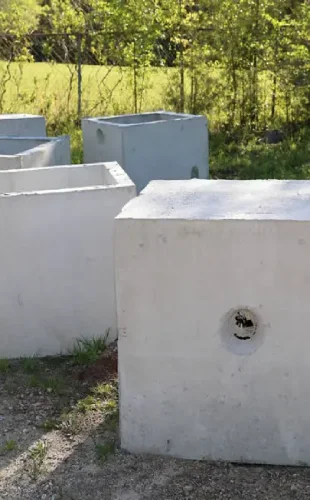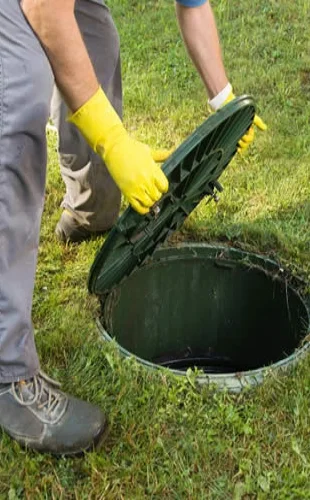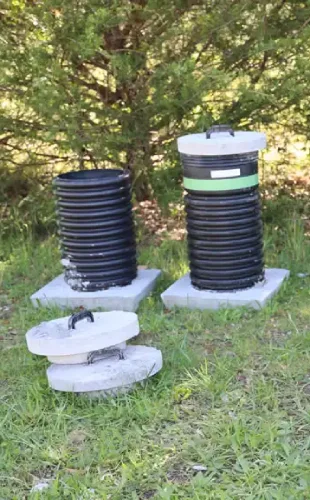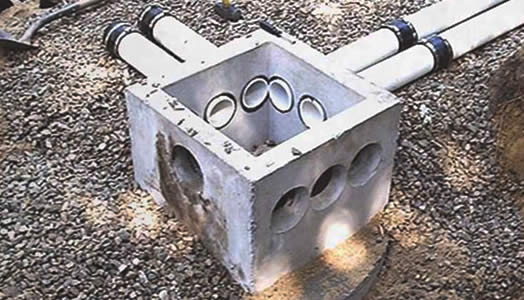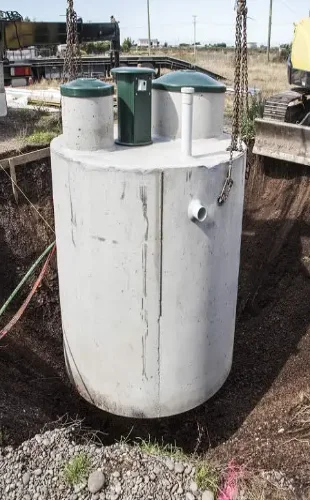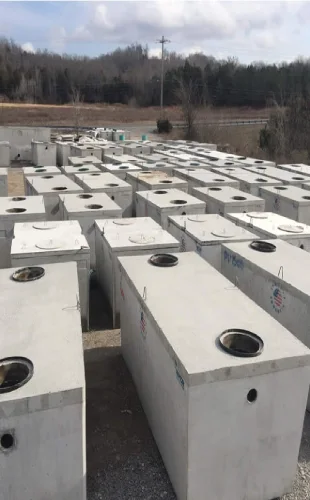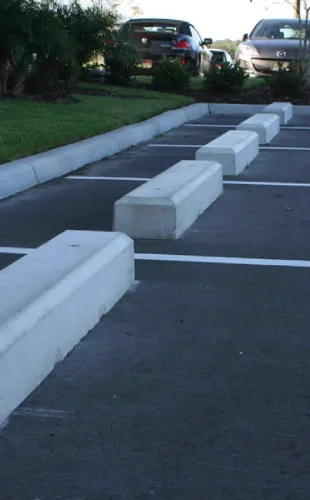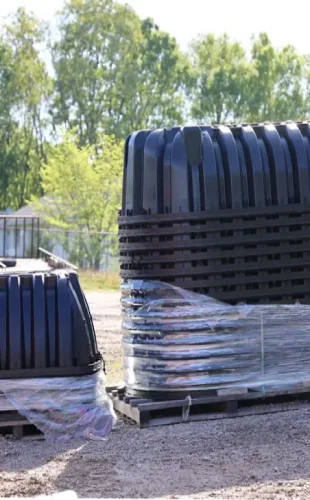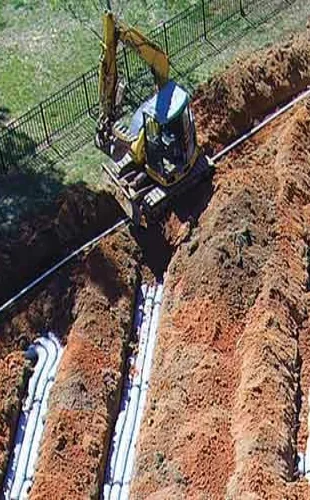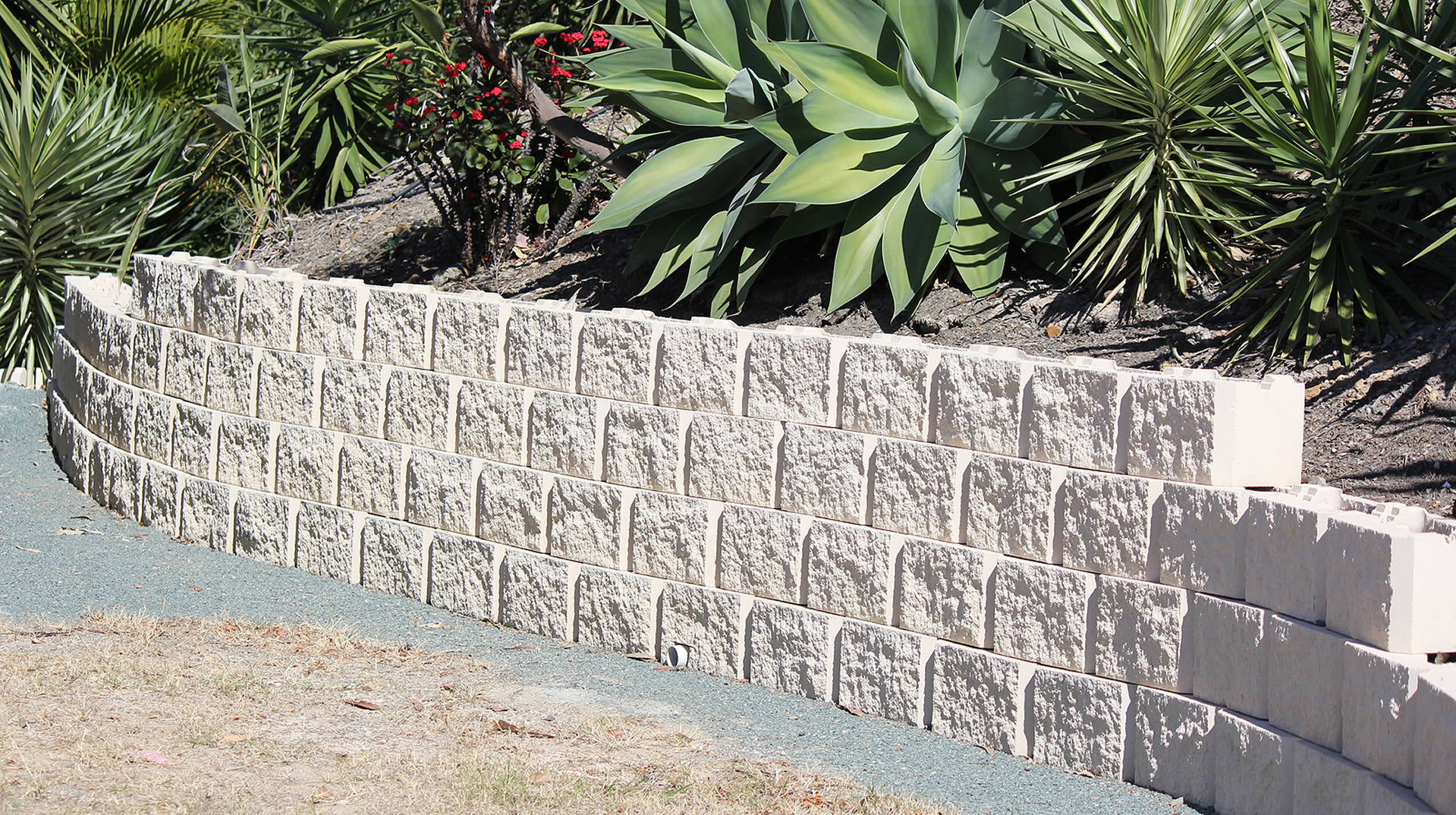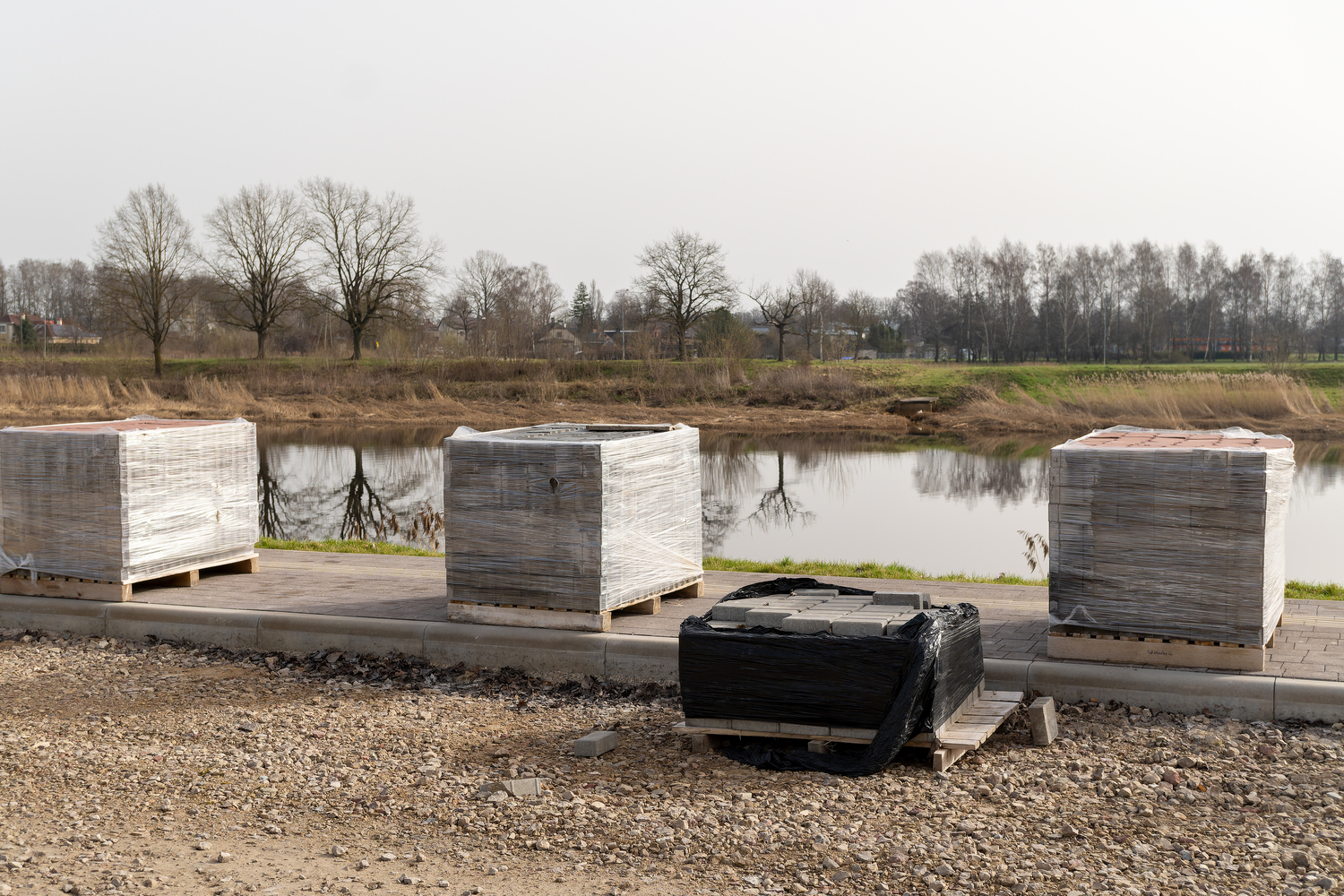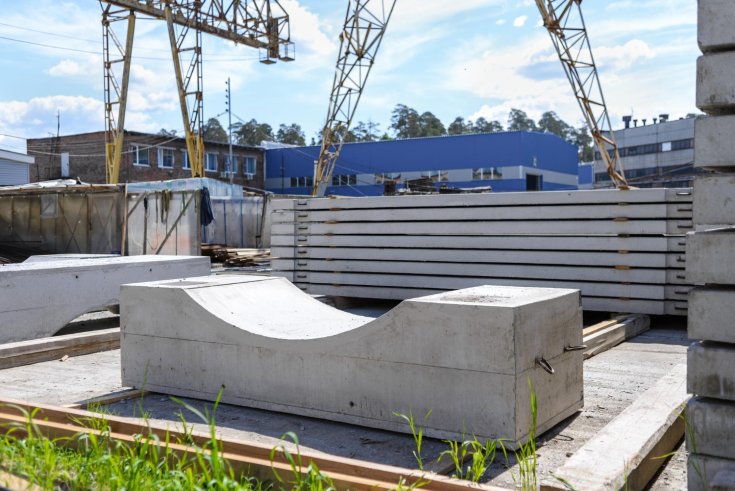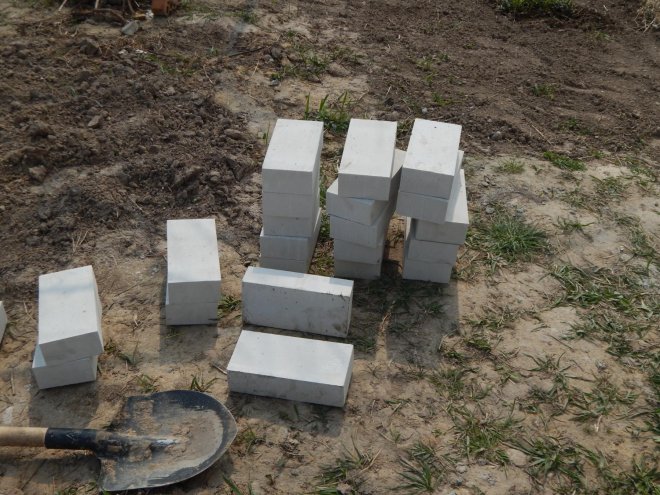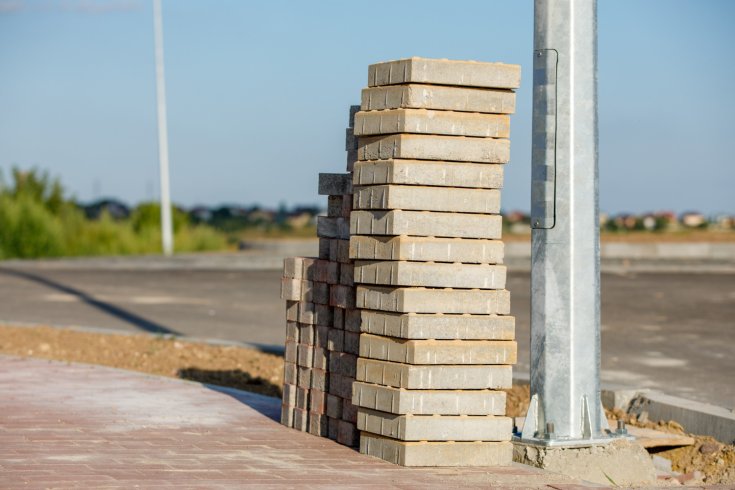Garrett Precast is a reliable precast company that supplies a wide range of products, including septic distribution boxes, retaining walls in Anderson, SC, seawalls, and many more. In this article, we’ll help you understand what a septic distribution box does and how it works.
What is a Septic Distribution Box?
A septic distribution box is a container—usually made of concrete, plastic, or fiberglass—located between the septic tank and the drain field. After wastewater is treated in the septic tank, it flows into the distribution box. From there, the D-box directs the partially treated water evenly into the network of drain field lines. These lines are responsible for further filtering and dispersing the wastewater into the soil.
Why Is It Important?
The distribution box ensures that wastewater is evenly distributed to each drain field trench. Without it, one part of your drain field could receive more liquid than another, leading to overloading, soggy patches in your yard, and premature drain field failure. Equal distribution not only extends the life of your septic system but also keeps your property safe and sanitary.
How Does a Septic Distribution Box Work?
Inside the D-box are several outlet pipes connected to the leach field. As wastewater enters the box from the septic tank, gravity helps direct the flow into these pipes. Some systems include flow control fittings or leveling devices to fine-tune distribution and ensure each trench gets the same amount of effluent.
Common Problems with Septic Distribution Boxes
Like any component of a septic system, the distribution box can develop issues over time. Blockages from sludge buildup, tree root intrusion, or shifting soil can prevent the box from doing its job. A misaligned or deteriorating D-box can result in uneven drainage, foul odors, and saturated ground over the drain field. Routine inspection—especially if your home is older or you suspect septic issues—is key to catching these problems early.
Maintenance and Repairs
Most homeowners won’t need to worry about their D-box on a regular basis, but having it inspected during septic pumping or every few years is a smart move. A professional septic technician can check for clogs, damage, or signs of wear. If the box is damaged beyond repair, it can be replaced relatively easily without replacing the entire septic system.
Why Install a High-Quality Septic Distribution Box?
Installing a high-quality septic distribution box ensures even wastewater distribution to your drain field. This is essential to prevent system overload and extend the life of your septic system. Durable materials like precast concrete or heavy-duty plastic resist corrosion and damage. A well-built D-box helps maintain proper flow balance and minimizes the chance of saturated soil or backed-up drains. If you're investing in a septic system, it’s advisable to source a distribution box from a dependable precast company. Choosing a reliable distribution box is a good decision that safeguards your property, promotes efficiency, and supports long-term system performance.
Get In Touch with Garrett Precast for High-Quality Septic Distribution Boxes
Garrett Precast is the precast company to call when you’re looking for durable precast concrete products. We are known to manufacture and supply high-quality products that meet the highest standards of strength, reliability, and long-term performance. To stay ahead of the curve, we continuously innovate to ensure our products meet evolving industry demands. Call us today if you’re looking for high-quality distribution boxes.
